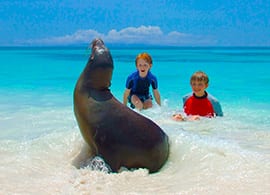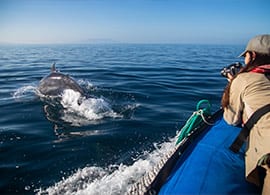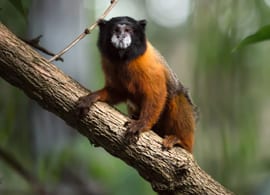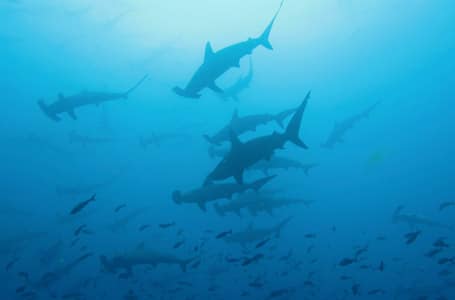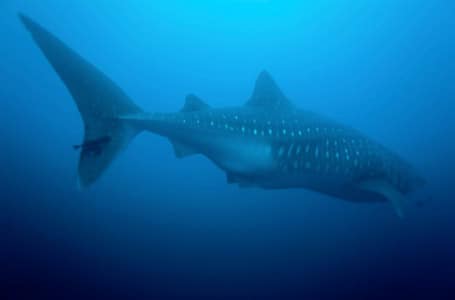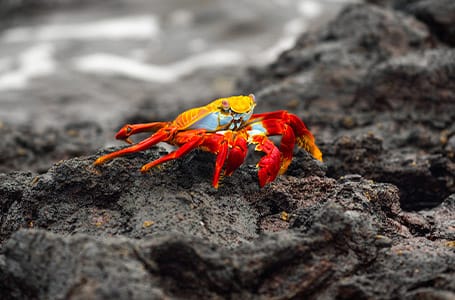- Home >
- Travel Guide >
- Galapagos Travel Guide >
- Marine Life >

(slide to view)
Marine Life in the Galapagos
Snorkeling and diving in Galapagos is very rewarding and they are activities offered on all our Galapagos cruises. The abundance of fish life is spectacular and great schools of inshore grunts and snappers are encountered on nearly every snorkeling outing, while schools of open water jacks, barracuda, bonito, eagle ray and Scalloped Hammerheads are regularly sighted. Adding to the excitement is the regular expectation of sighting Manta Ray, Wahoo, Yellowfin Tuna, Galapagos sharks and even Whale Sharks.
Drop-offs and the boulder strewn sea floor are home to many strange and exotic species such as the Rainbow Basslet, Red-lipped Batfish, Bloody Frogfish, Pacific Seahorse, Rockmover Wrasse and Galapagos Clingfish.
The seven major oceanic currents that reach the Galapagos Islands, but mainly the Humboldt Current, are responsible for an unusual grouping of over 500 species of fish - a marine variety that is found in tropical and cool water regions of the Pacific.
- The main influence in the Islands is the cool South Equatorial Current, formed by the Peru Coastal (Humboldt) and Peru Oceanic Currents, pushed by southeastern trade winds that are present from June to December.
- The close by Peru-Chile province accounts for only 7% of the fish species in Galapagos. This is due to the weak influence of these currents during that region's primary breeding season from January - May.
- The Panama Current sweeps southwest from the tropical Panamic Province and is responsible for over 50% of the fish species in Galapagos. The flow of this current is strongest during an extensive breeding season, when many species produce long-lived larval stages.
- An additional 14% of the species, including the colorful Coral and Long-nosed Hawk fishes, Moorish Idol and several butterfly fishes have tropical Indo-Pacific Origins.
- Circumtropical species, mainly pelagic sharks and jacks account for roughly 8%.
- The remaining 17%, or about 86 species, are endemic to Galapagos. Some of the more commonly observed endemic species include: Galapagos grunt, Yellowtail Damselfish, Camotillo, Galapagos Barnacle Blenny, Galapagos Triplefin Blenny, Gravo Clinid, Blue Banded Goby, Galapagos Puffer, Galapagos Drum, Galapagos Garden Eel and Galapagos Snake Eel.

(slide to view)


